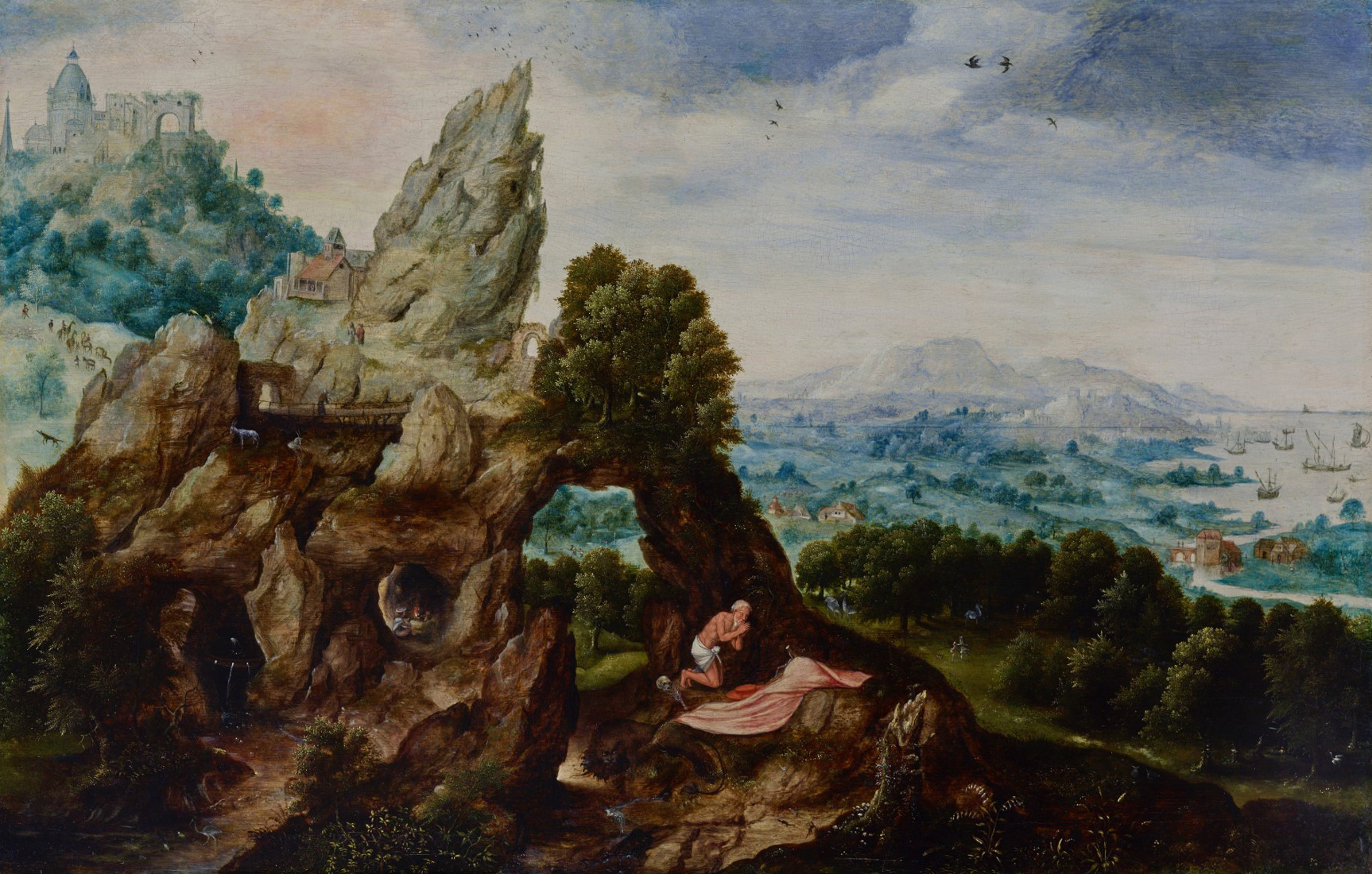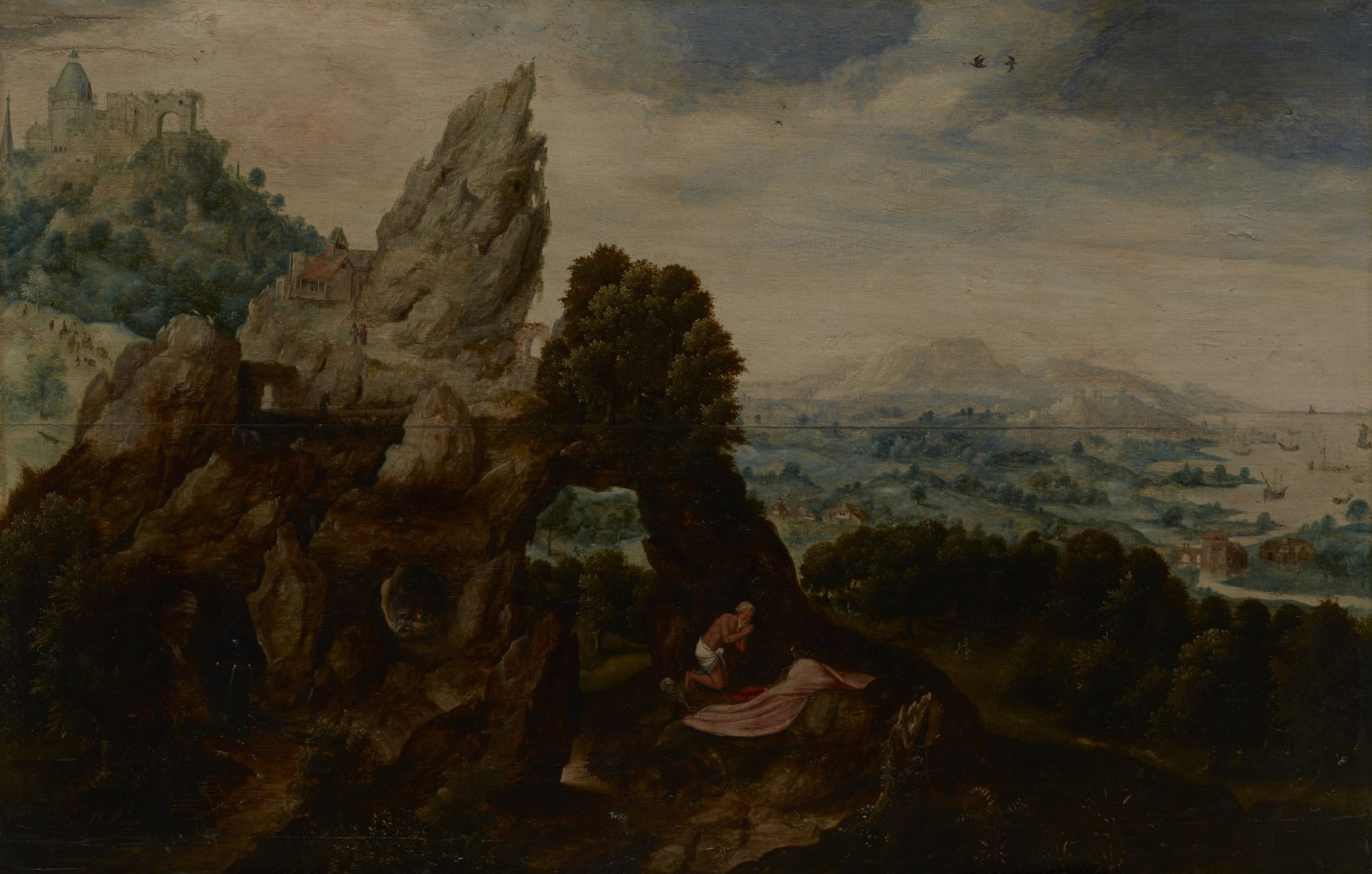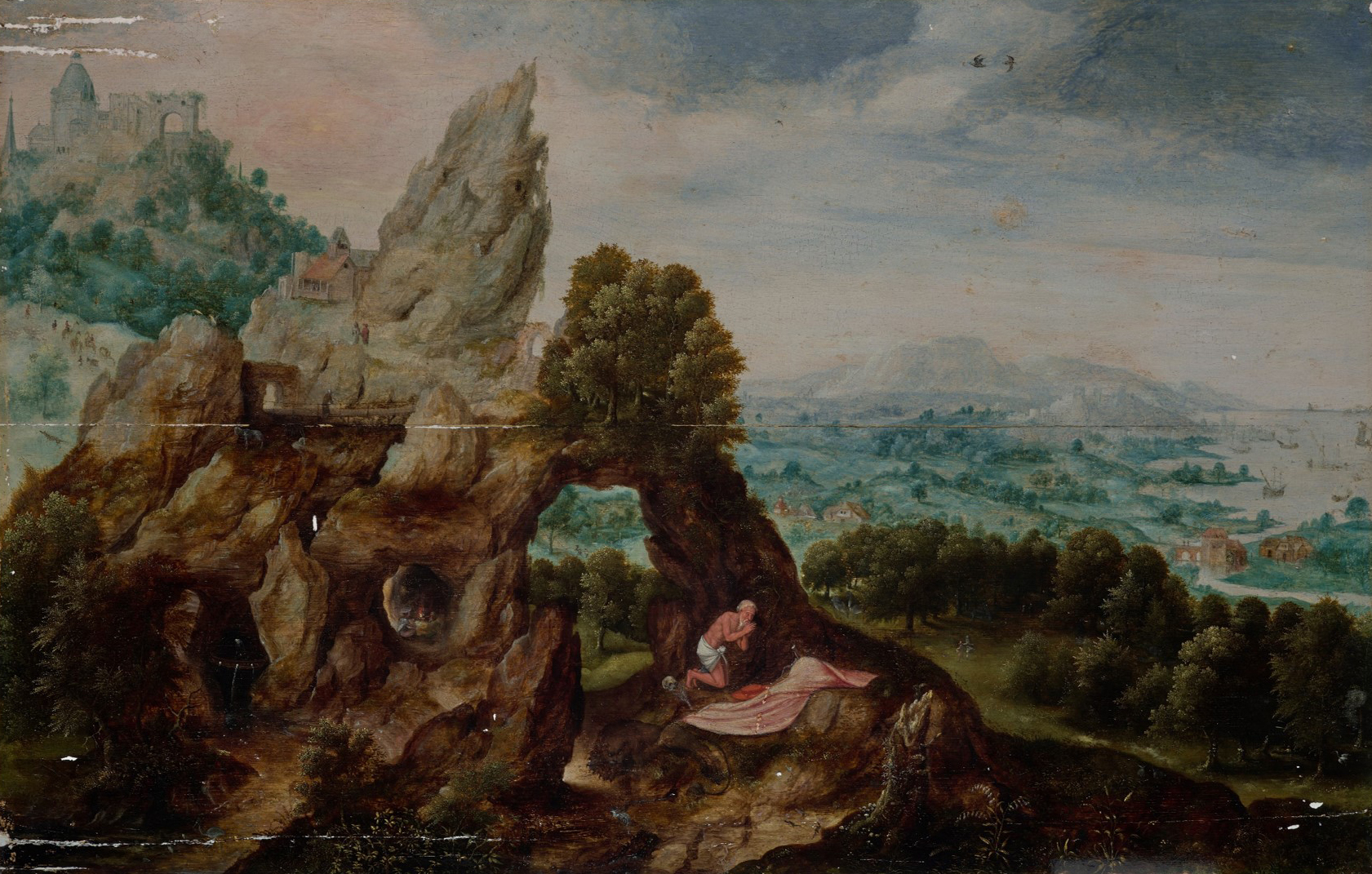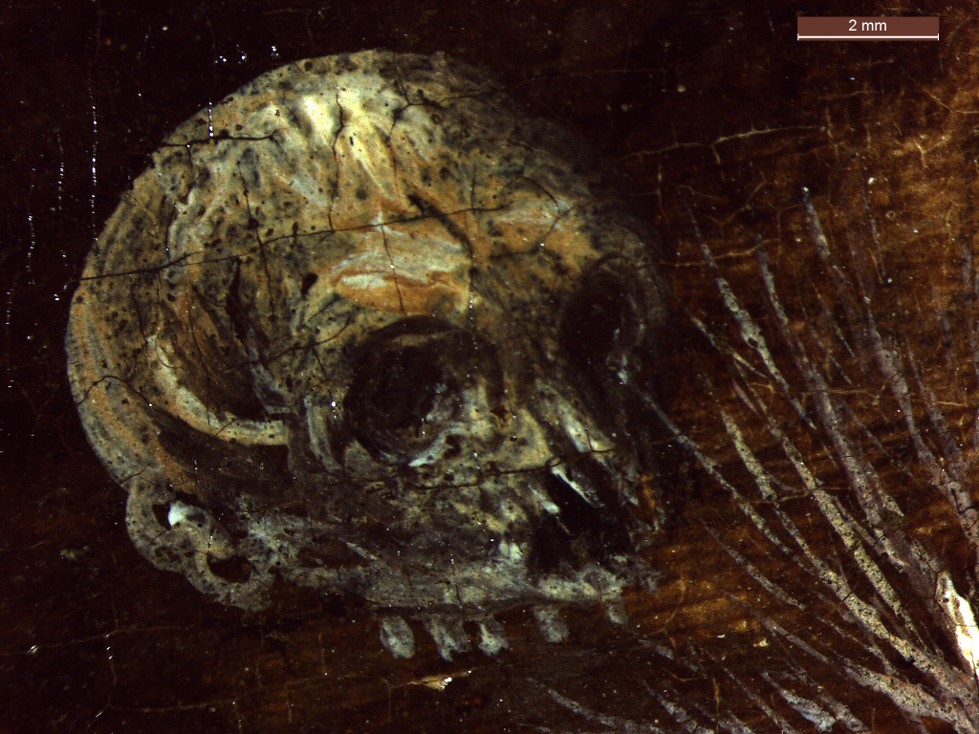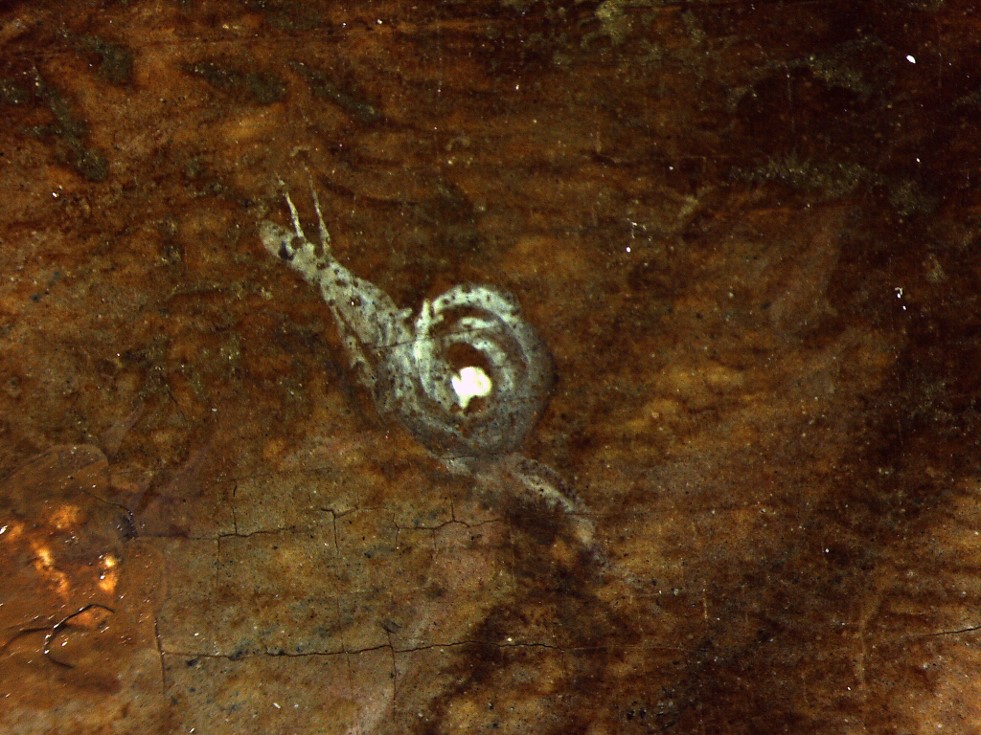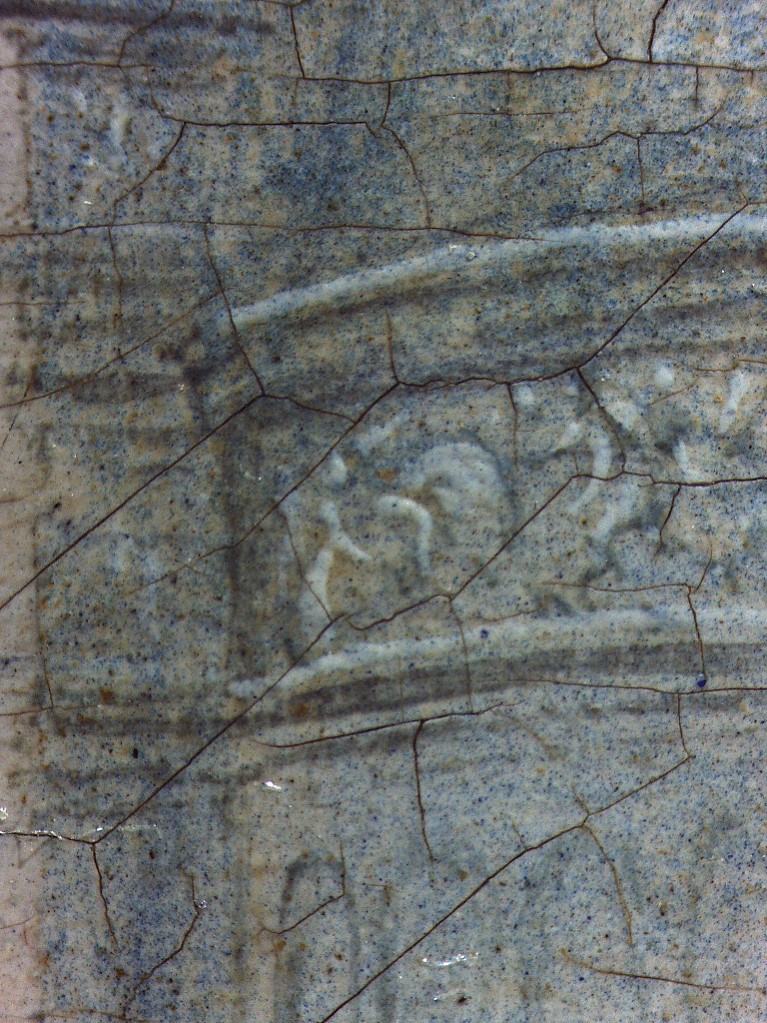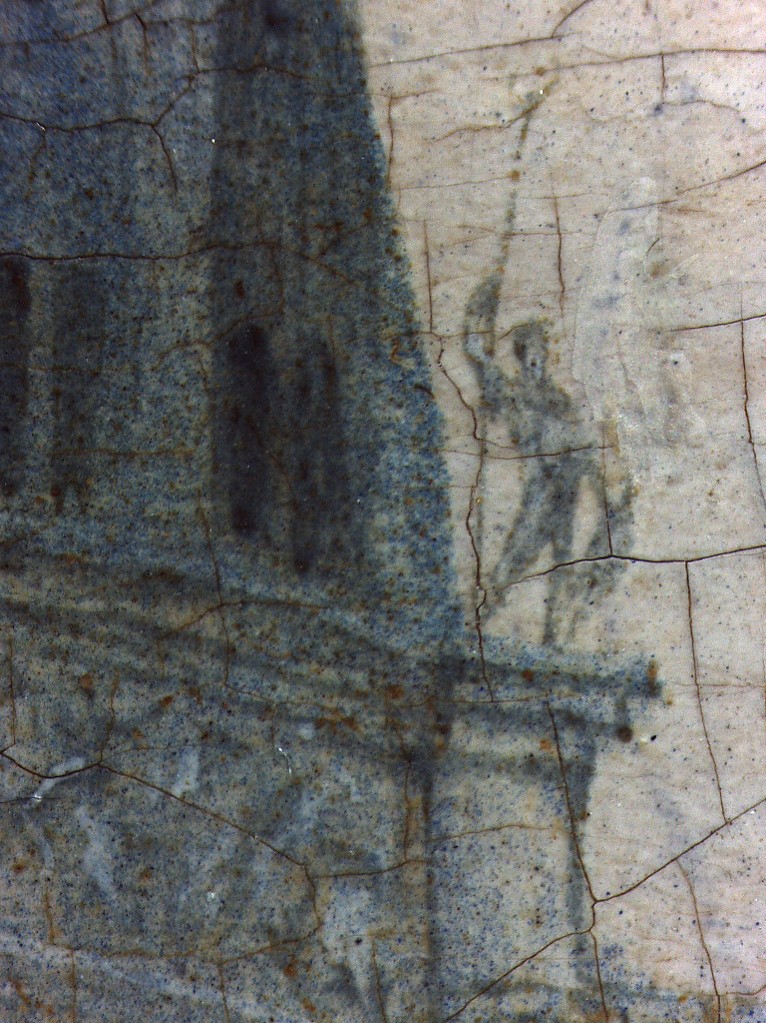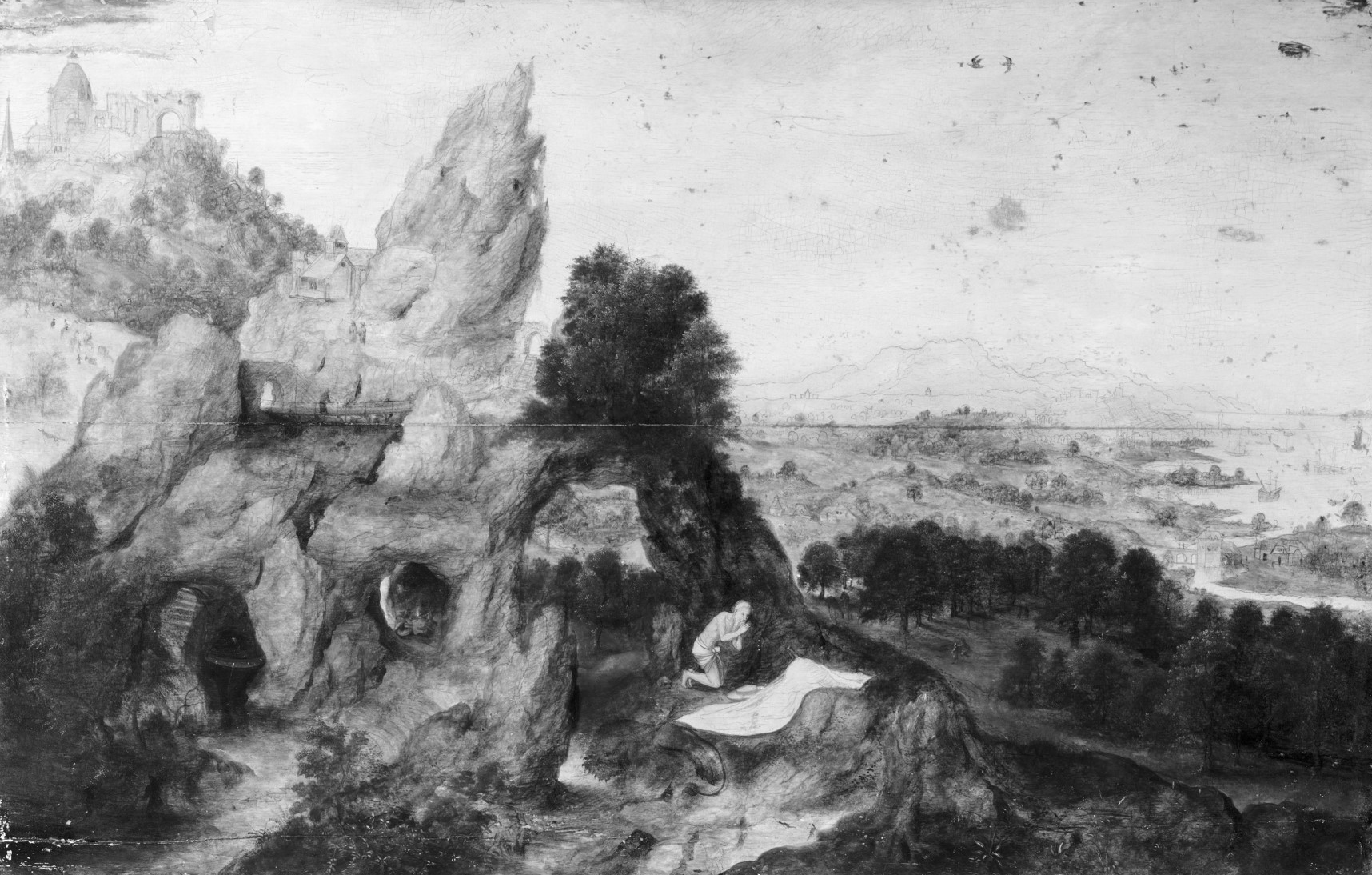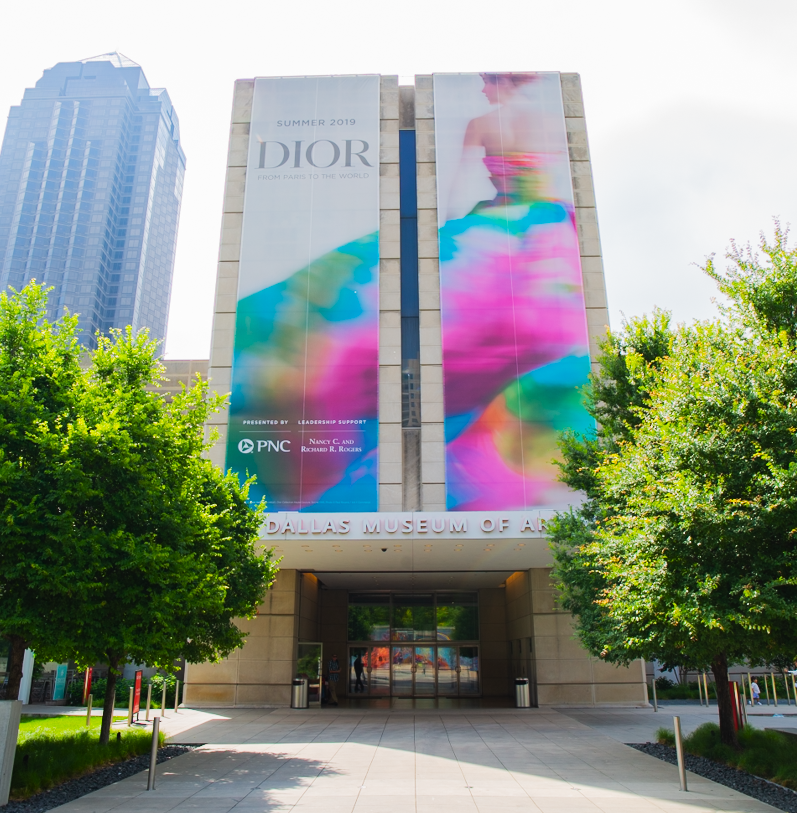Growing up in a Puerto Rican-Panamanian household in Austin, the arts were one of the primary ways that my sister and I learned about our family’s cultural heritage. Our bedtime stories were folktales, vejigante masks and molas—not unlike the one currently on view in the Center for Creative Connections—hung on the walls, and in the evenings, Papi would teach us merengue while Mami would fry tostones.
After my interview at the DMA last summer, I spent time in the Arts of the Americas Galleries, where I stumbled upon a case of golden pendants from Panamá. Despite being miles away from family, it felt like a piece of my mother and the generations that came before her were with me. It felt like a glittering sign that said, I see you, and you belong here.
During national Welcoming Week, an annual event where communities “bring together immigrants and those born within their countries in a spirit of unity,” the DMA is proud to reaffirm our commitment to making the Museum a place where everyone feels valued and welcomed.
Indeed, a core tenet of the DMA’s mission is placing art and diverse communities at the center from which everything radiates. Yet what does that look like in practice? Here are some of the ways:
- By recognizing that while museums are spaces of learning and engagement, they are also rooted in colonial structures and are complicated spaces. The Museum’s cross-departmental committee focusing on linguistic and cultural equity is grappling with this tension in earnest. How do we reckon with our institution’s past? What contributes to a sense of belonging? What kinds of internal and external transformations need to occur? What does that mean for our spaces, staff, programming, and exhibitions?
- By inviting community members and leaders to help shape the 2020 My/gration C3 exhibition, which highlights the contributions of artists who immigrated to the United States, examines how the movement of people is expressed through art, and illuminates ways cross-cultural connections inform artistic production.
- By introducing Estampas de la Memoria, a Go van Gogh® program designed by Teaching Specialist Bernardo Velez Rico and former C3 Visiting Artist Karla García to activate Spanish-speaking elementary students’ voices and experiences through collaborative story writing, theater, and art making inspired by retablos. Learn more about the program’s teaching approach, which reflects a desire to uplift and center the knowledge of immigrant communities.
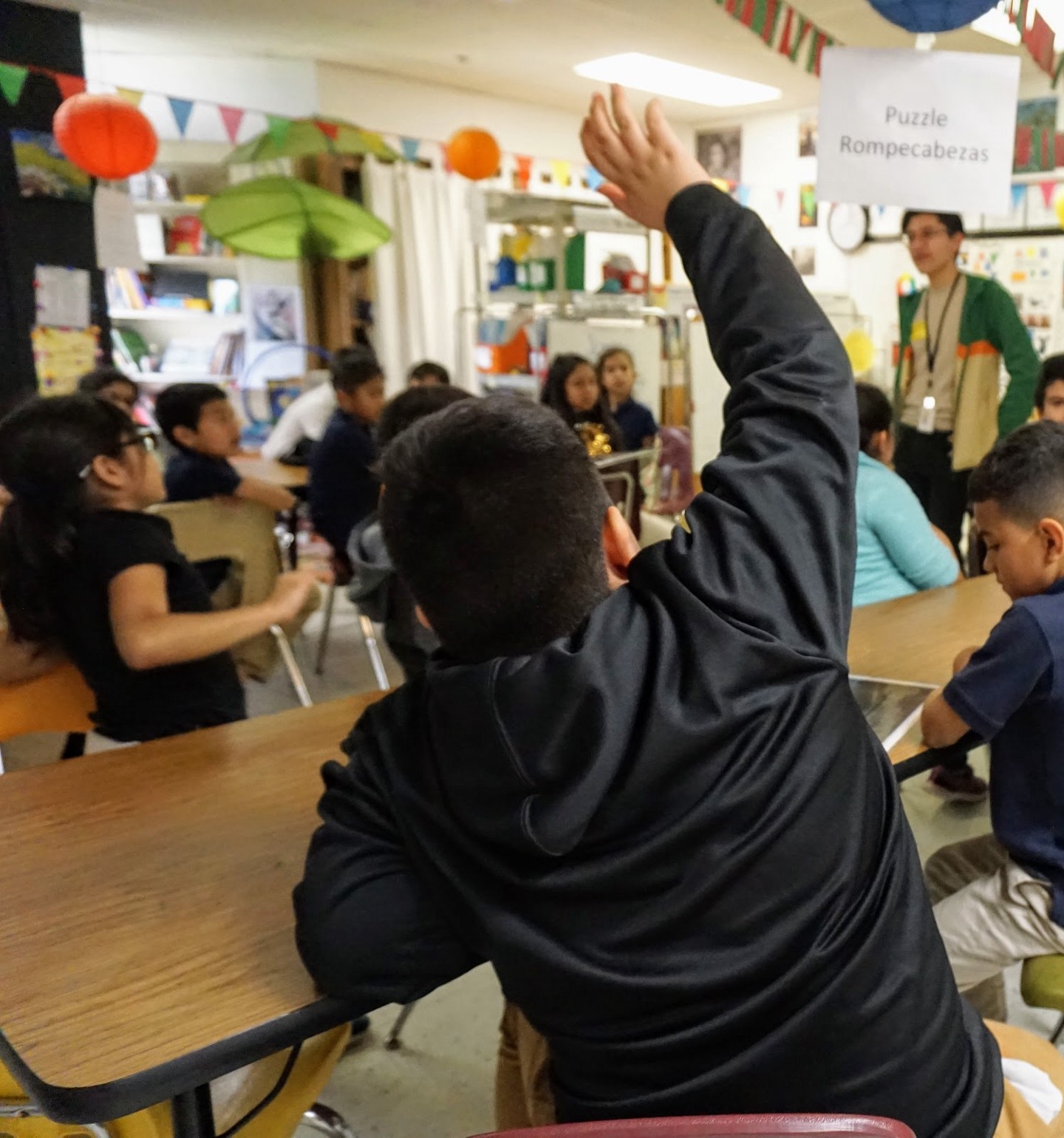
- By amplifying the work of organizations that support our local immigrant and refugee communities, like Heart House, which offers social-emotional learning-focused programming for refugee children in Vickery Meadow. Check out last year’s afterschool partnership with Heart House here.
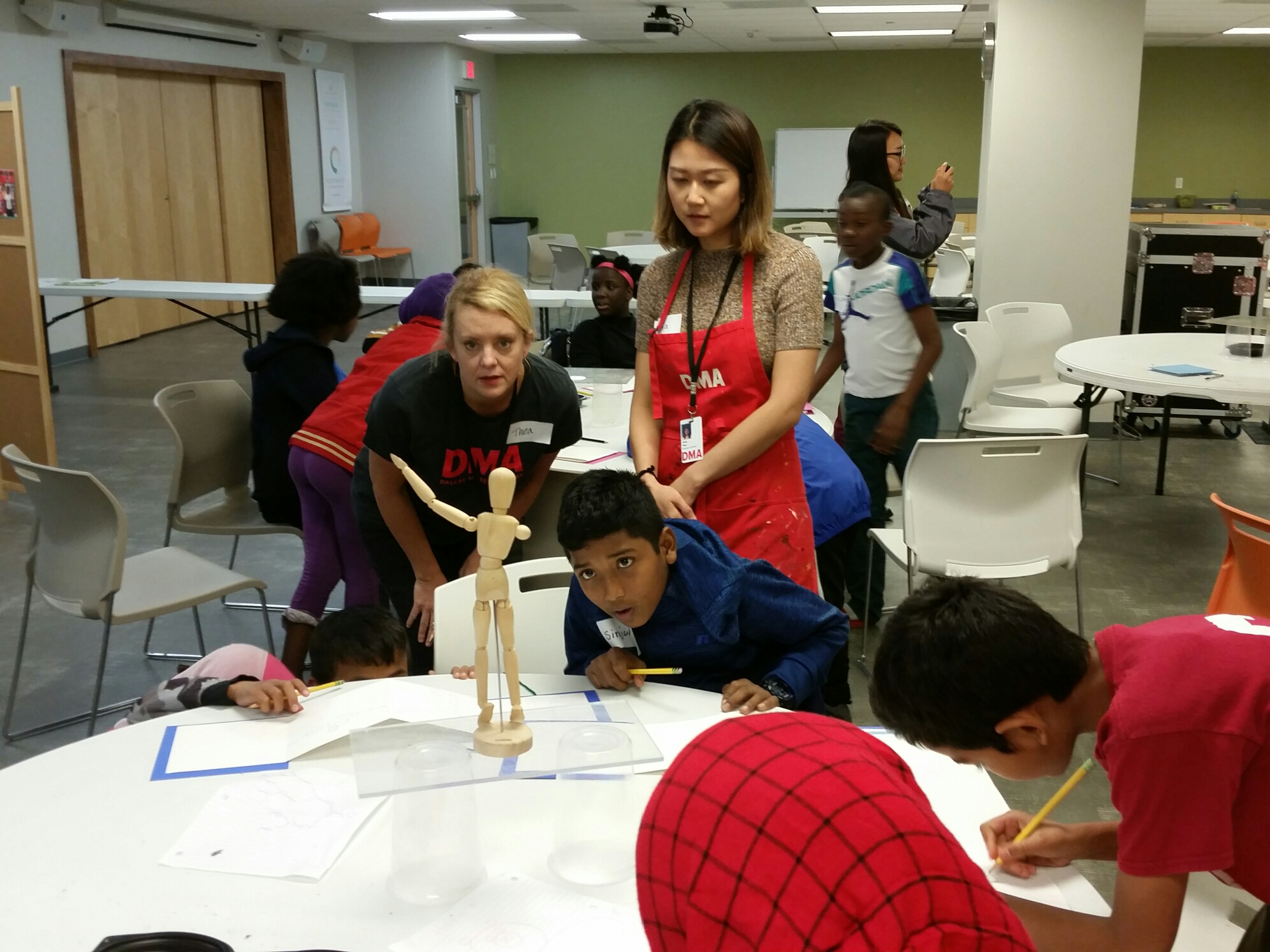
- By celebrating the contributions of refugees and immigrants through events like Arts & Letters Live’s November 18 program about Samantha Power’s journey from Irish immigrant to human rights activist to US Ambassador to the United Nations.
- By highlighting the creative bridging of cultures through programs like author Sri Rao’s September 20 Late Night talk about his book Bollywood Kitchen, a reflection on food, film, and his experience as a second generation Indian American.
- By collaborating with the Dallas Public Library’s Adult Learning team to utilize the Museum as a space for English language learners to practice emerging English skills.
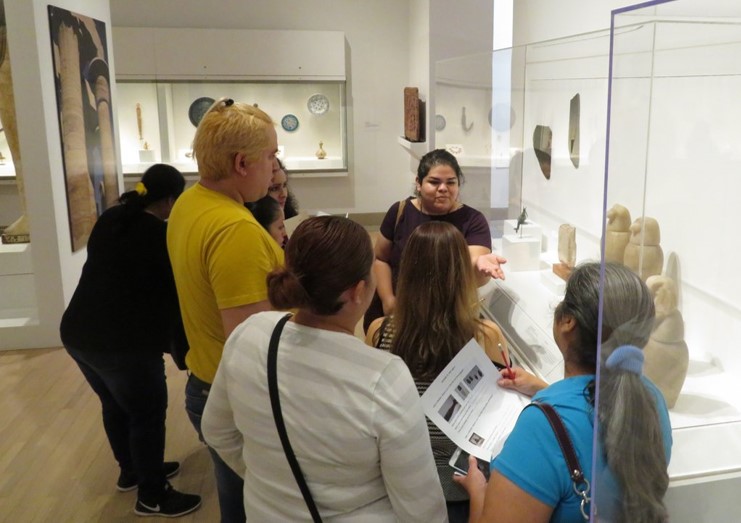
- By welcoming our newest citizens by hosting naturalization ceremonies in Horchow Auditorium.
As a museum of Dallas, we strive to celebrate and reflect the diversity of our city. As of 2017, approximately 611,400 of Dallas’s 2.5 million residents were immigrants. Until 2017 Dallas was a major resettlement location, with close to 2,500 refugees arriving annually.
With an art collection that spans time and the globe, the Museum provides windows into other worlds and perspectives, which can promote connection, empathy, and cross-cultural understanding. But perhaps art is most powerful when it functions as a mirror, reflecting our own experiences back to us, saying I see you, and you belong here. On behalf of my colleagues, I extend to you all a warm invitation and welcome, and I hope to see you soon.
Mary Ann Bonet is the Director of Community Engagement at the DMA.
